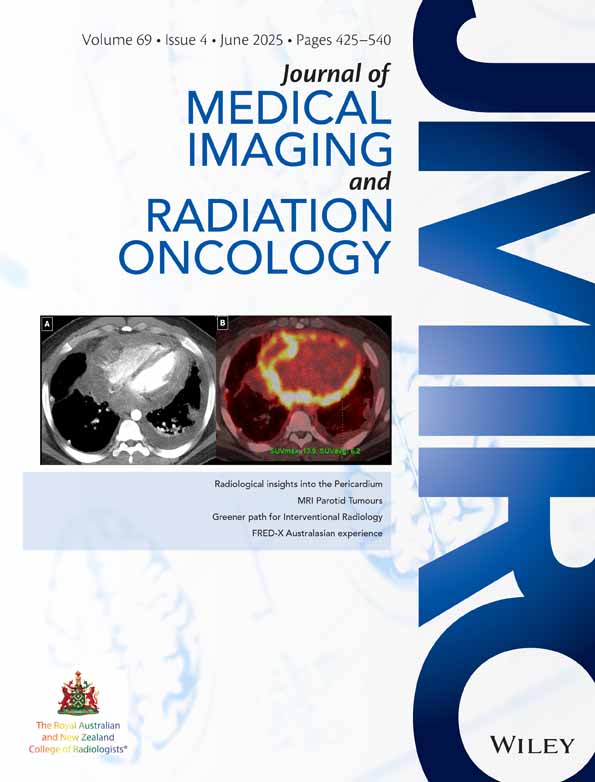Acute disseminated encephalomyelitis and multiple sclerosis: Magnetic resonance imaging differentiation
S Singh MD; S Prabhakar DM; IP Korah DMRD, DNB; SS Warade DM; M Alexander DM.
SUMMARY
The study was undertaken to compare the MR imaging features of acute disseminated encephalomyelitis (ADEM) and multiple sclerosis (MS) in a country with a high prevalence of ADEM. Magnetic resonance scans from 33 patients diagnosed clinically with MS (14 patients) or ADEM (19 patients) were reviewed concurrently by two radiologists blinded to the clinical diagnosis. The size, site, morphology and pattern of brain and spinal cord involvement were recorded and the MR imaging diagnosis was compared with the clinical diagnosis. The MR imaging findings matched with the clinical diagnosis in 11 of 14 patients with MS (sensitivity = 78.6%), and with the clinical diagnosis in 15 of 18 patients with ADEM (sensitivity = 78.9%). Three patients had non-specific findings and in a further three patients discordant imaging features were present. One patient with imaging features typical of Balo’s concentric sclerosis was diagnosed clinically as suffering from ADEM. In a country with a high prevalence of ADEM, the majority of patients with ADEM and MS can be differentiated on MR imaging.




